Intel (INTC) is diving deeper into robotics with new chips and software, the company revealed on Thursday.
The move comes via Intel’s new Intel Robotics AI Suite software package, which includes things like advanced algorithms and vision-language models, as well as its Panther Lake chip. Combined, the company said, they’ll help developers build robotics, such as individual robotic arms for future humanoid robots.
“Effectively, this is a Panther Lake that has almost 200 TOPS [trillions of operations per second] worth of performance and can run one of these humanoid robots on a board that’s the size of your passport,” Mike Masci, vice president of product management with Intel’s Edge Computing Group, told Yahoo Finance, adding that this highlights the latest chips’ power and energy efficiency.
“We’re proving to the industry, effectively, the myth of x86 not being able to be low power and not being able to fit into these unique form factors; we’re just basically challenging every one of those paradigms,” he added.
The tech industry is in the midst of an enormous race to create practical humanoid robots, with companies including Tesla (TSLA), Agility Robotics, Apptronik, and Boston Dynamics competing to be the first to bring the machines to market.
And like Intel, Big Tech companies are keen on getting in on the action, with the likes of Nvidia (NVDA), Microsoft (MSFT), and Meta (META) developing and powering the AI that brings robots to life.
We’re still quite a way away from humanoid robots folding our clothes or taking the dog for a walk, but in the meantime, Intel said there are plenty of real-world applications for robotics software and chips that are being used today.
“Just one example is order accuracy in retail stores,” explained Matthew Formica, senior director and head of edge product marketing at Intel.
“In fast food, you order online from Uber Eats … When that order is fulfilled, it’s humans putting the food into the bag, but increasingly they’re trying to remove errors. There are solutions now to put a camera that points at what the person’s doing that [compares] the order with what they’re actually putting in the bag, and using the same [vision-language model]-style technology to have a deep understanding of what those items are.”
If someone forgets to add a soda to an order or puts in the wrong kind of burger, Formica explained, the system can then flag it and ensure they drop in the right product.
“So while humanoids are sort of the tip of the spear … there’s a lot of real markets today where the application of that technology is much more real,” he added.
Intel (INTC) is diving deeper into robotics with new chips and software, the company revealed on Thursday.
The move comes via Intel’s new Intel Robotics AI Suite software package, which includes things like advanced algorithms and vision-language models, as well as its Panther Lake chip. Combined, the company said, they’ll help developers build robotics, such as individual robotic arms for future humanoid robots.
“Effectively, this is a Panther Lake that has almost 200 TOPS [trillions of operations per second] worth of performance and can run one of these humanoid robots on a board that’s the size of your passport,” Mike Masci, vice president of product management with Intel’s Edge Computing Group, told Yahoo Finance, adding that this highlights the latest chips’ power and energy efficiency.
“We’re proving to the industry, effectively, the myth of x86 not being able to be low power and not being able to fit into these unique form factors; we’re just basically challenging every one of those paradigms,” he added.
The tech industry is in the midst of an enormous race to create practical humanoid robots, with companies including Tesla (TSLA), Agility Robotics, Apptronik, and Boston Dynamics competing to be the first to bring the machines to market.
And like Intel, Big Tech companies are keen on getting in on the action, with the likes of Nvidia (NVDA), Microsoft (MSFT), and Meta (META) developing and powering the AI that brings robots to life.
We’re still quite a way away from humanoid robots folding our clothes or taking the dog for a walk, but in the meantime, Intel said there are plenty of real-world applications for robotics software and chips that are being used today.
“Just one example is order accuracy in retail stores,” explained Matthew Formica, senior director and head of edge product marketing at Intel.
“In fast food, you order online from Uber Eats … When that order is fulfilled, it’s humans putting the food into the bag, but increasingly they’re trying to remove errors. There are solutions now to put a camera that points at what the person’s doing that [compares] the order with what they’re actually putting in the bag, and using the same [vision-language model]-style technology to have a deep understanding of what those items are.”
If someone forgets to add a soda to an order or puts in the wrong kind of burger, Formica explained, the system can then flag it and ensure they drop in the right product.
“So while humanoids are sort of the tip of the spear … there’s a lot of real markets today where the application of that technology is much more real,” he added.

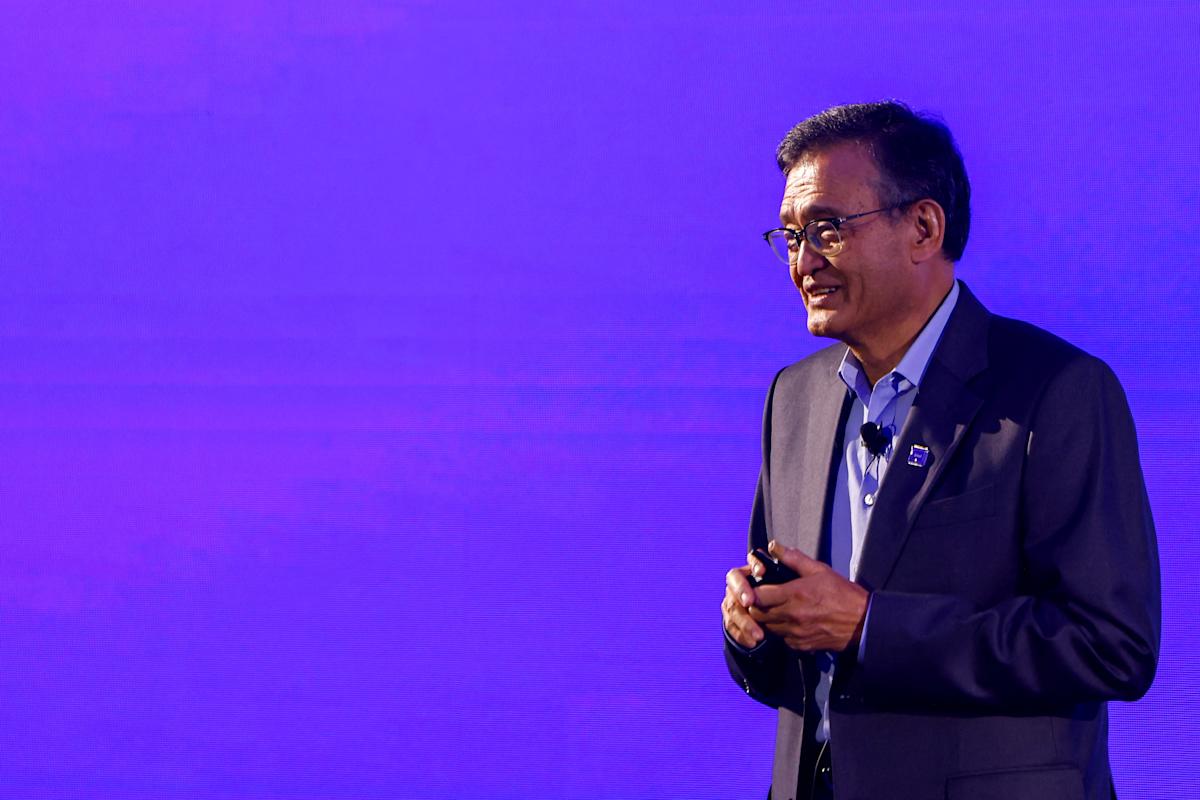


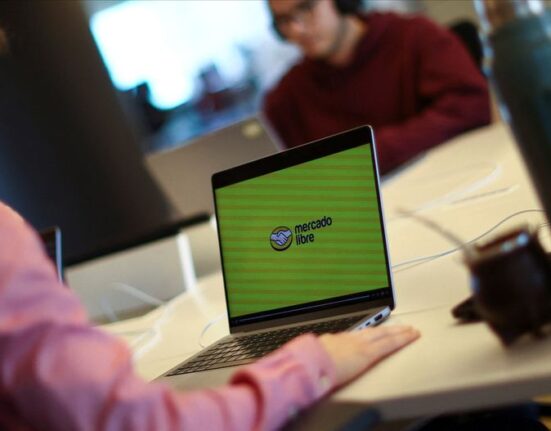

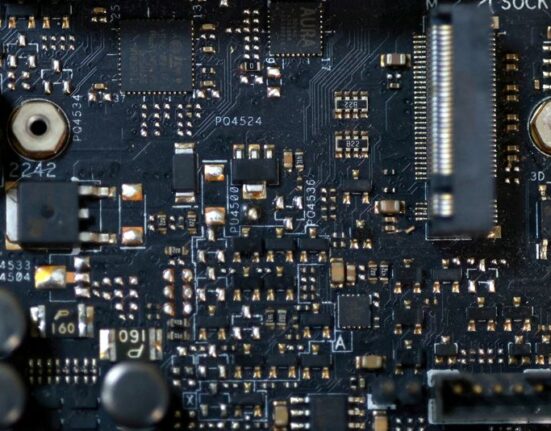
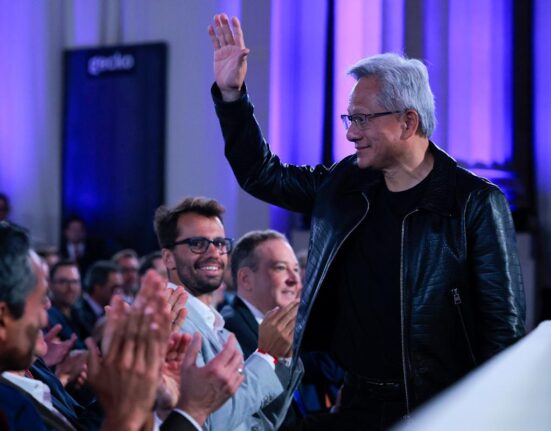

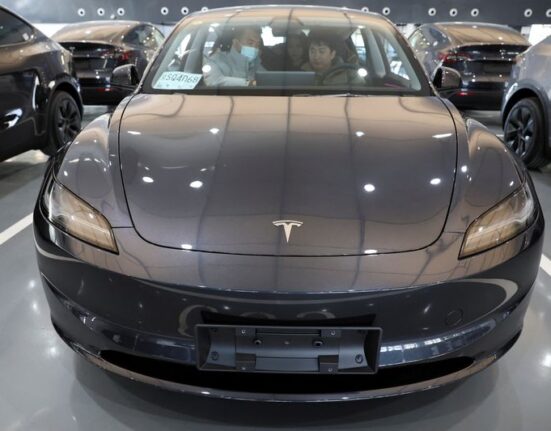


Leave feedback about this